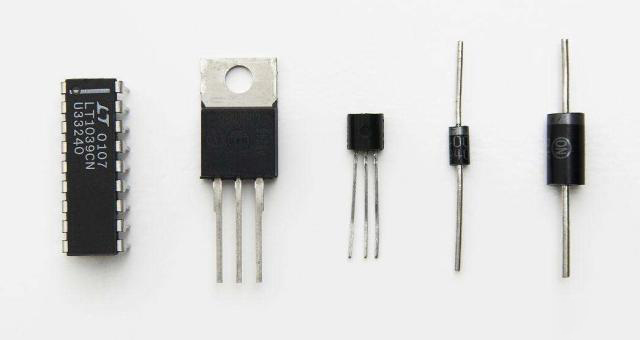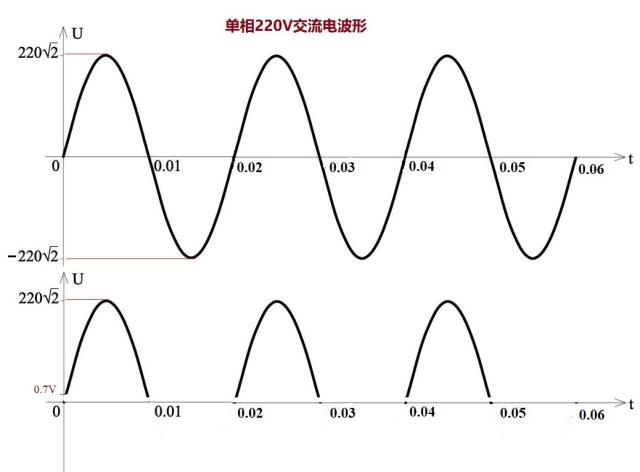
Don't underestimate a diode. Although the principle of the diode is very simple, its role in the circuit is very large, and the use of the diode in the circuit is also very wide. The diode belongs to a PN junction, the most basic characteristic is unidirectional conductivity, forward conduction, reverse cut-off. The following picture shows some common diodes. A single diode has only two useful pins. A diode packaged with more than three pins may have multiple diodes integrated inside or some pins may be left floating.

Diodes use the characteristics of forward conduction and reverse cutoff to change the current. For example, when incandescent lamps were often used in the past, in order to extend the life of the bulb and save energy, a diode can be connected in series with the incandescent lamp to limit the half-cycle Voltage, the power of the bulb has been reduced by nearly half, and the life of the bulb has been extended a lot. It can be installed in corridors, bathrooms and other places that do not require high light intensity. It is not recommended to do this in bedrooms, study rooms and living rooms. Because the half-cycle waveform is missing, the light bulb flickers more obviously, which is a bit bad for the eyes.


Analysis: Assuming that a rectifier diode (such as 1N4007) is connected in series in the forward direction of the light bulb live wire, then after 220V alternating current passes through the diode, the positive half wave type can pass, while the negative half wave is cut off, so the waveform passing through the light bulb becomes:

When the negative voltage of the AC waveform is cut off, the effective value of the AC power becomes smaller, so the current of the bulb also becomes smaller, thereby reducing the power of the bulb, and the power of the bulb is about half of the original.